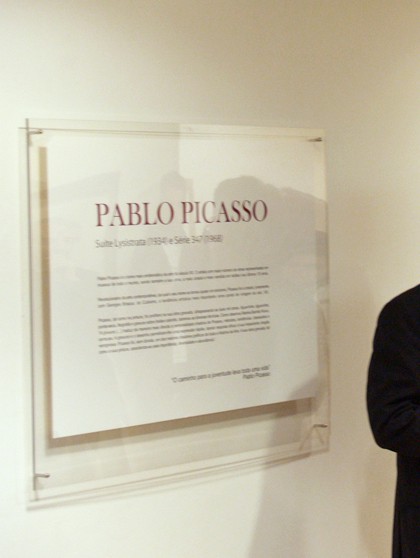
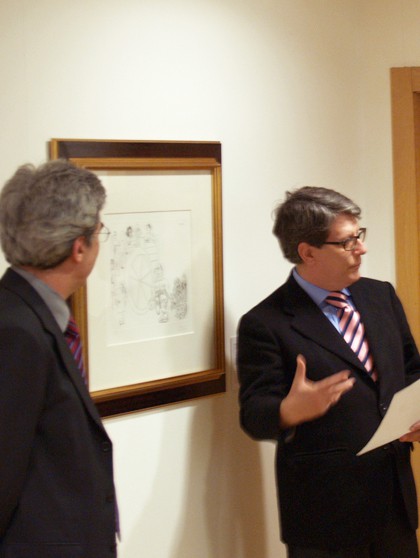
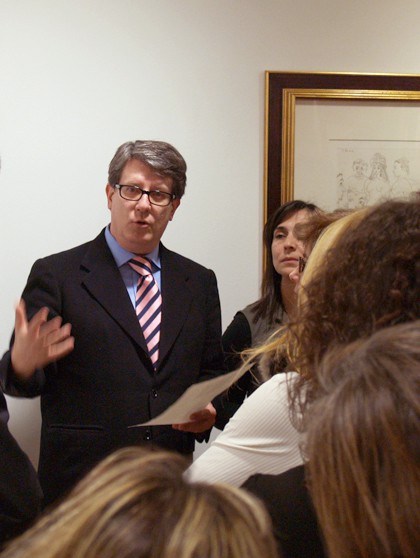
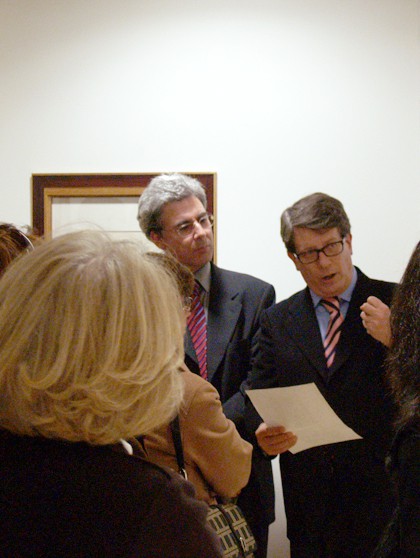
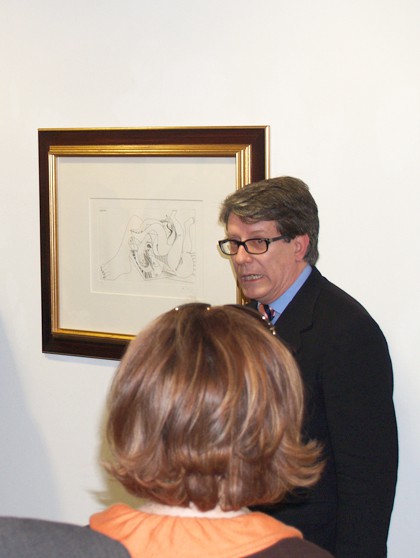
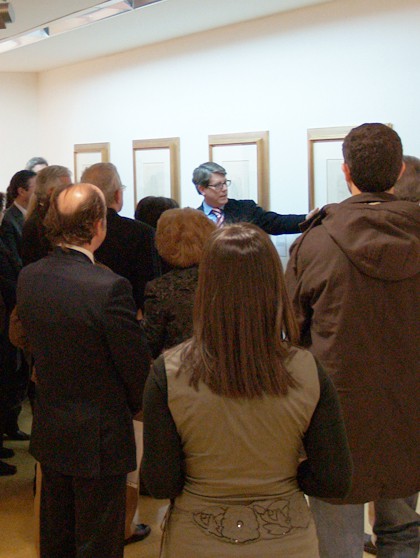
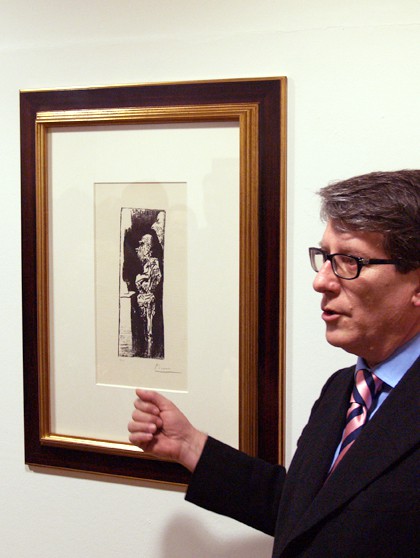
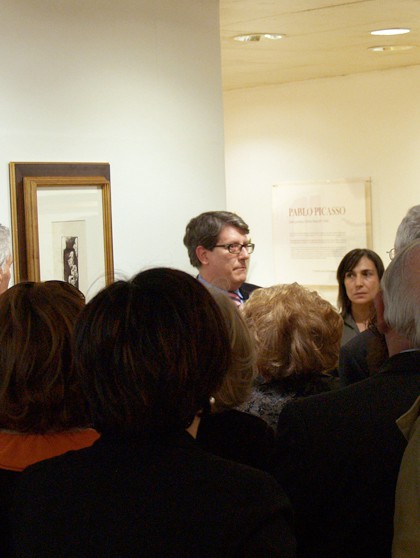
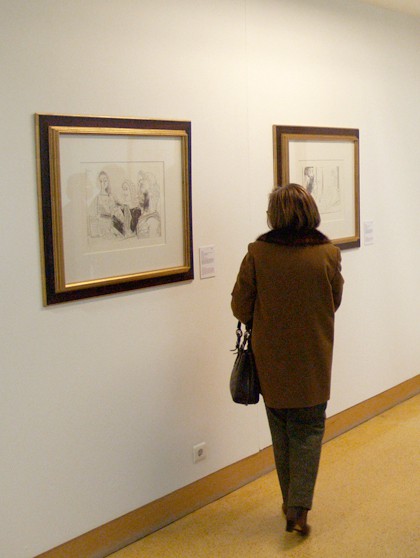
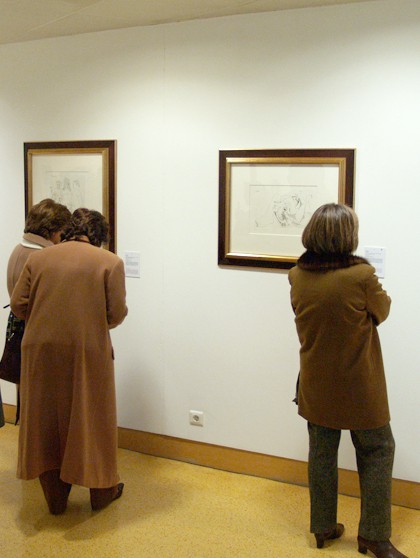
Suite Lysistrata and Series 347
Pablo Picasso is is the most emblematic name in 20th century art. The artist with the largest number of works represented in museums around the world, and his work is also the most quoted and most sold at auctions in the last 10 years. A revolutionary of contemporary art, of which his name has become almost a synonym, Picasso was the creator, together with Georges Braque, of Cubism, the most important artistic trend and a turning point of the century. ;w. XX. His painting was produced in cycles, each of them corresponding to a total and spectacular reinvention of the plastic language, of the poetic and romantic blue (1901-1904) and pink (1905- 1907), to the collages from 1912 to 1914, to the great figures of the classical period of the 1920s, to the fleeting influence of Surrealism in 1926, expressive violence of Guernica (1937), to the brutal disarticulation of his figures, reflecting the aggressiveness of contemporary reality, which followed 1940, with the artist appearing to bring together all his extraordinary discoveries from 1945 onwards and revealing his interest both in the great Masters of past, or through archaic and primitive arts. Picasso, as in painting, was prolific in his recorded work, exceeding two thousand works. Etching, aquatint, dry point, lithograph and engraving on colored linoleum, he mastered the various techniques. As Marina Bairrão Ruivo observed, “The engraving (…) more directly translates Picasso’s creative personality, methods, tendencies, obsessions and certainties. Engraving and drawing allowed him to express himself quickly, giving an effective response to the problem. His impatient dizzying creation. Picasso was, without a doubt, one of the greatest graphic creators in the entire History of Art. His recorded work, like his painting, is characterized by importance, diversity and abundance.” Suite Lysistrata (1934) The book that gave rise to the Lysistrata series is due to the initiative of an association of American bibliophiles: "The Limited Edition Club" (New York) which asked Picasso to create the illustrations for the English version by Gilbert Seldes (1930 ) from the play of the same name by the Greek Aristophanes, a comedy from 411 BC written when the war between Athens and Sparta had been going on for a long time. more than twenty years. Lysistrata, leader of a female revolt, then encouraged women to abandon the conjugal bed, until she died. for the conflict to be resolved and peace to reign again. The six etchings and the drawings for the thirty-four lithographs perfectly convey the atmosphere of the text. The great revolutionary returned to a figurative language where the Matissean line was the protagonist, highlighted by the purity of the composition and became capable, once again, of giving us the full measure of his genius. With the surprising versatility and mastery that characterize him, Picasso, with the simple resource of lines, suggesting at times an eloquent contour, at times a luxurious play of light and shadows, of volumes, creates form à splendid gallery of his figures. Series 347 (1968) Perhaps with the intention of supplanting Durer, Goya and even Rembrandt, Picasso executed the largest series of graphic works ever created, series 347. Composed precisely of 347 waters- Fortes, of which we will see a selection at the Portuguese Screen Printing Centre, this series was executed by the artist between March 16th and October 5th, 1968, in an edition of 50 copies. The 347 series was presented for the first time, as a whole, in the autumn of 1968, at the Louise Leiris Gallery in Paris. The engravings, of strong eroticism, particularly those depicting the love games of the painter Rafael with his lover, Fornarina (one of them will be on display in the current exhibition), were initially exhibited in a private room of the Gallery, having subsequently moved to the Art Institute of Chicago. The series not only contains an intense, extraordinary autobiographical testimony of the artist's maturity, who portrayed himself in some of them (as in "Comédiens Ambulants Avec Autoportrait au Chapeau d'Arlequin et Combat de Coqs"), a mix of diary and fantasy, but a testimony of astonishing depth about the seduction that guides human destiny, and equally about the precariousness of his adventure in this world, where times seem to dialogue under this sign.
